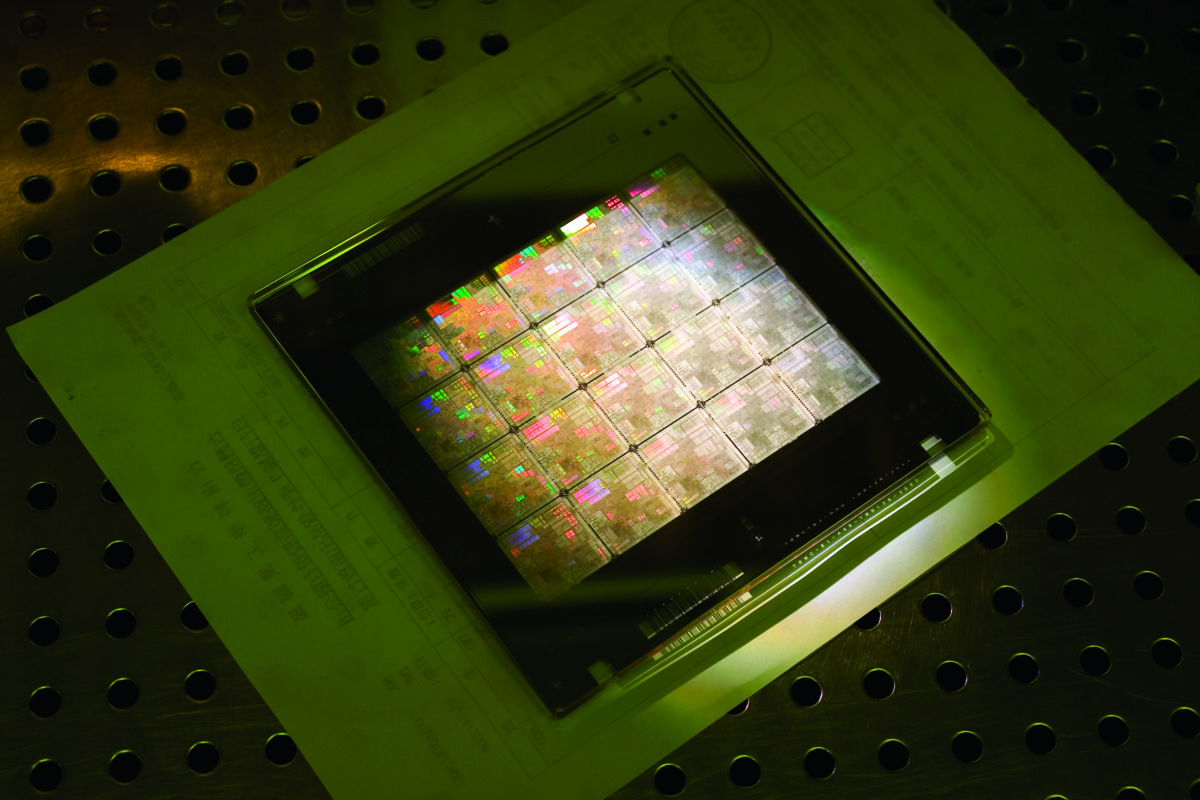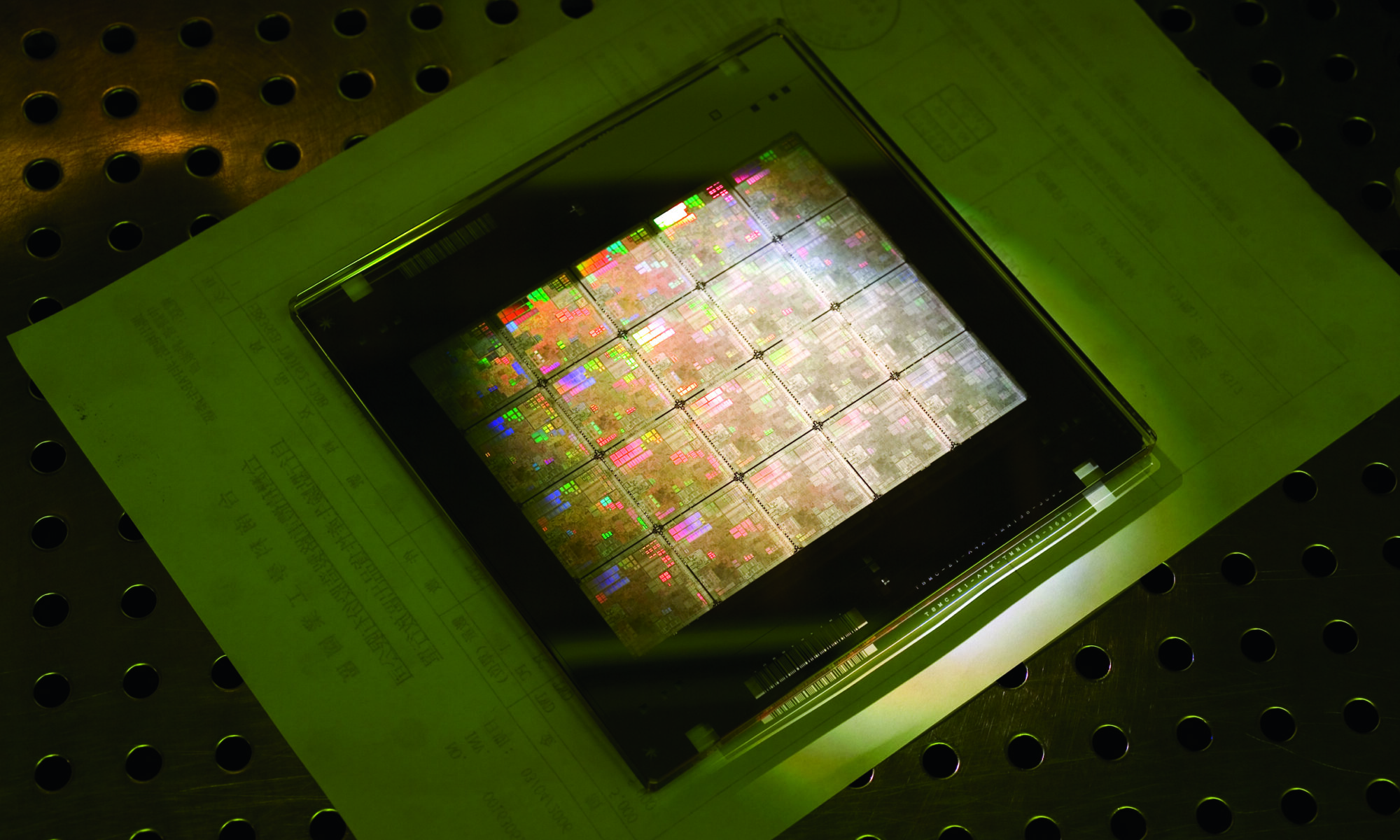NVIDIA cuLitho Accelerates Semiconductor Manufacturing’s Most Compute-Intensive Workload by 40-60x, Opens Industry to New Generative AI Algorithms.

An incredible example of semiconductor industry partnerships was revealed during the Synopsys User Group (SNUG) last month. It started with a press release but there is much more to learn here in regards to semiconductor industry dynamics.
I saw a very energized Jensen Huang, co-founder and CEO of Nvidia, at GTC which was amazing. It was more like a rock concert than a technology conference. Jensen appeared at SNUG in a much more relaxed mode chatting about the relationship between Nvidia and Synopsys. Jensen mentioned that in exchange for Synopsys software, Nvidia gave them 250,000 shares of pre IPO stock which would now be worth billions of dollars. I was around back then at the beginning of EDA, Foundries, fabless, and it was quite a common practice for start-ups to swap stock for tools.
Jensen said quite clearly that without the support of Synopsys, Nvidia would not have not gotten off the ground. He has said the same about TSMC. In fact, Jensen and TSMC founder Morris Chang are very close friends as a result of that early partnership.
The new cuLitho product has enabled a 45x speedup of curvilinear flows and a nearly 60x improvement on more traditional Manhattan-style flows. These are incredible cost savings for TSMC and TSMC’s customers and there will be more to come.
“Computational lithography is a cornerstone of chip manufacturing,” said Jensen Huang, founder and CEO of NVIDIA. “Our work on cuLitho, in partnership with TSMC and Synopsys, applies accelerated computing and generative AI to open new frontiers for semiconductor scaling.”
“Our work with NVIDIA to integrate GPU-accelerated computing in the TSMC workflow has resulted in great leaps in performance, dramatic throughput improvement, shortened cycle time and reduced power requirements,” said Dr. C.C. Wei, CEO of TSMC. “We are moving NVIDIA cuLitho into production at TSMC, leveraging this computational lithography technology to drive a critical component of semiconductor scaling.”
“For more than two decades Synopsys Proteus mask synthesis software products have been the production-proven choice for accelerating computational lithography — the most demanding workload in semiconductor manufacturing,” said Sassine Ghazi, president and CEO of Synopsys. “With the move to advanced nodes, computational lithography has dramatically increased in complexity and compute cost. Our collaboration with TSMC and NVIDIA is critical to enabling angstrom-level scaling as we pioneer advanced technologies to reduce turnaround time by orders of magnitude through the power of accelerated computing.”
“There are great innovations happening in computational lithography at the OPC software layer from Synopsys, at the CPU-GPU hardware layer from NVIDIA with the cuLitho library, and of course, we’re working closely with our common partner TSMC to optimize their OPC recipes. Collectively, we have been able to show some dramatic breakthroughs in terms of performance for one of the most compute-intensive semiconductor manufacturing workloads.” — Shankar Krishnamoorthy, GM of the Synopsys EDA Group
Collaboration and partnerships are still critical for the semiconductor industry, in fact collaborative partnerships have been a big part of my 40 year semiconductor career. TSMC is an easy example with the massive ecosystem they have built. Synopsys is in a similar position as the #1 EDA company, the #1 IP company, and the #1 TCAD company. All of the foundries closely collaborate with Synopsys, absolutely.
Also Read:
2024 DVCon US Panel: Overcoming the challenges of multi-die systems verification
Synopsys Enhances PPA with Backside Routing
Share this post via:






Comments
2 Replies to “TSMC and Synopsys Bring Breakthrough NVIDIA Computational Lithography Platform to Production”
You must register or log in to view/post comments.